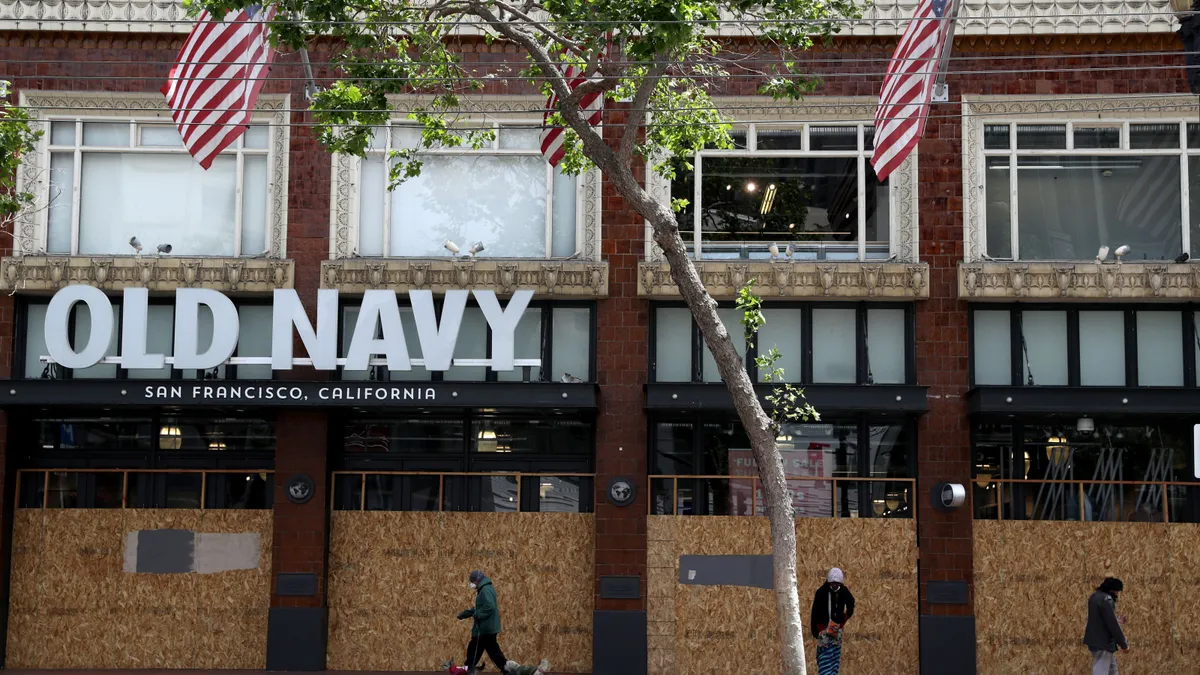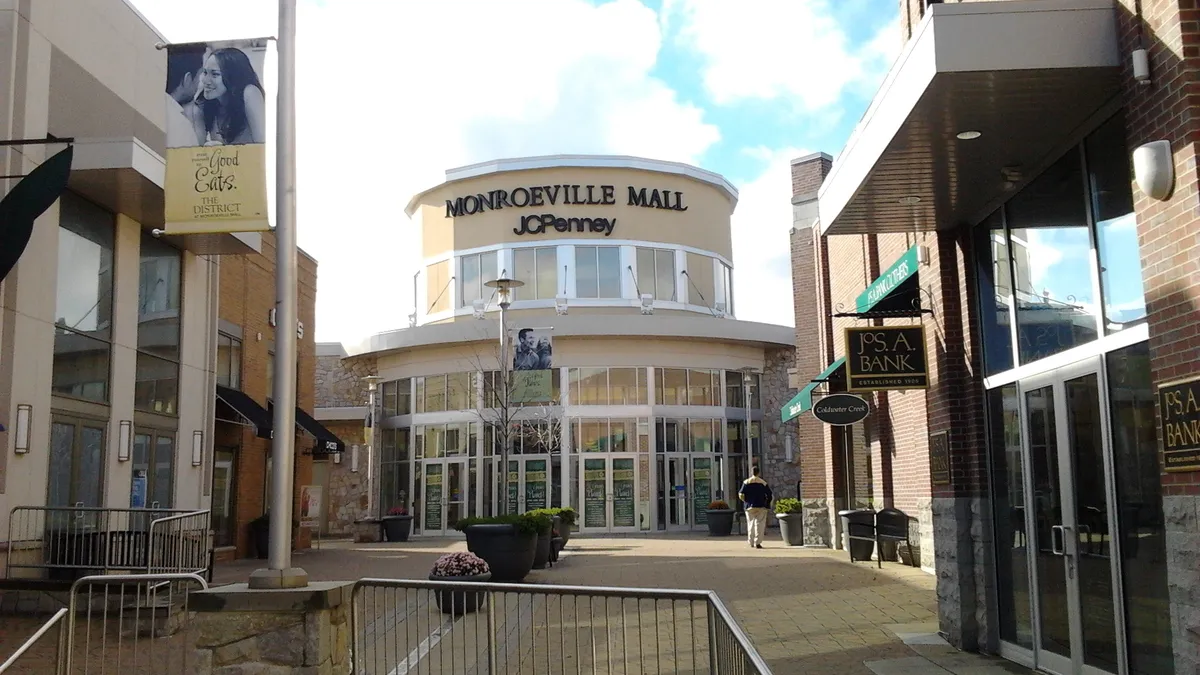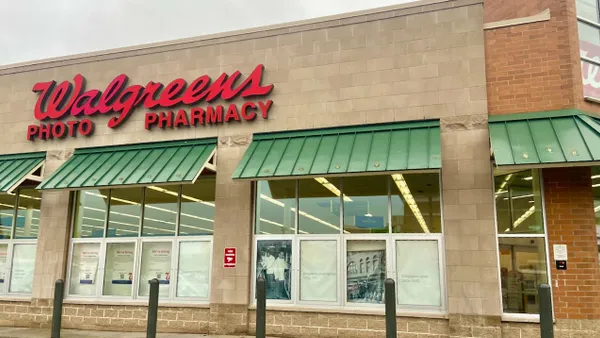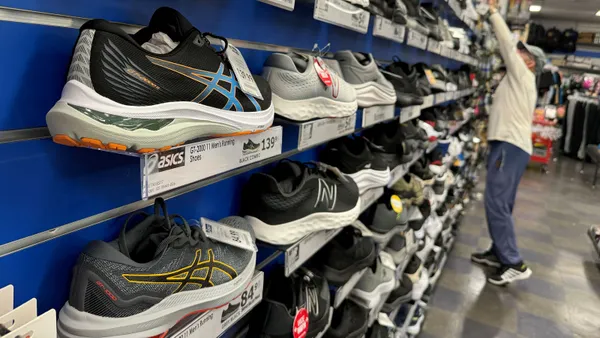Dive Brief:
-
Warby Parker and Bonobos, retailers that started out as pure-play e-commerce efforts, both say they’ll significantly increase their physical store presence in the years ahead, the Wall Street Journal reports.
-
Warby Parker co-founder Neil Blumenthal said the prescription eyeglasses retailer might one day operate 800 to 1,000 physical stores, and Bonobos founder Andy Dunn said that men's apparel retailer is planning to open 100 stores by 2020.
-
The expansions come even as as traditional physical retailers are scaling back their brick-and-mortar footprints in response to growth in online shopping and diminishing store traffic.
Dive Insight:
By most reports, Warby Parker and Bonobos were surprised by how much brick-and-mortar stores could boost sales and improve the customer experience. But disruptive, data-driven retailers like these two have crunched the numbers, and calculated that physical stores are instrumental to their success.
For Warby Parker, it all started with Blumenthal allowing customers to come into his apartment to try on glasses, he told Inc. last year. "People would come in, and we would lay out the glasses on the dining room table,” Blumenthal said. “And we thought it was going to be a sub-optimal experience, but it ended up being a very special experience in that we could build relationships with our customers. They could try on all the glasses. We started to realize maybe there was a place for traditional bricks-and-mortar retail."
When Bonobos began in 2007, Dunn maintained that men don’t enjoy shopping and that all menswear would eventually be sold online. But since then, the company has opened more than two dozen stand-alone stores, or “guideshops” where customers can try on clothes to order online; Bonobos is also offering its apparel through department stores. Apparently, those efforts have succeeded to the point where Dunn sees Bonobos opening yet more stores.
Indeed, Warby Parker and Bonobos (and others like them) are the very merchants that are proving that physical stores cannot be separated from retail success, says digital intelligence firm L2.
Physical stores and malls (their much maligned partners in retail) continue to experience growth in sales per square foot, at least at the high end, according to L2's “Death of PurePlay Retail” report released earlier this year. While internet darlings like Warby Parker and Casper Mattress are often considered examples of pure-play's viability, L2 contends they’re likely to see entrenched success by opening stores, and investment strategies are proving it: Two-thirds of venture capital-backed e-retailers raised funds “with the explicit purpose of building stores,” L2's report says.
While it seems obvious that brick-and-mortar is not going away, L2 is going further and essentially saying that there ultimately is no such thing as “pure-play e-commerce” because successful e-retailers eventually open physical stores. That’s even being proven by the world’s biggest e-commerce company, Amazon, which is making a series of moves into opening physical stores. And the globe’s largest physical retailer, Wal-Mart, just bought Jet, the upstart that promised to take e-commerce by storm.
“In November 2015, Jet.com — already sitting on $225 million in funding — raised another $550 million to avoid running out of money before the end of 2015,” according to L2’s report. “The vast amount of capital required to scale a customer base in the commoditized e-tailing landscape has proven to be unsustainable for even the most well-funded players.”













